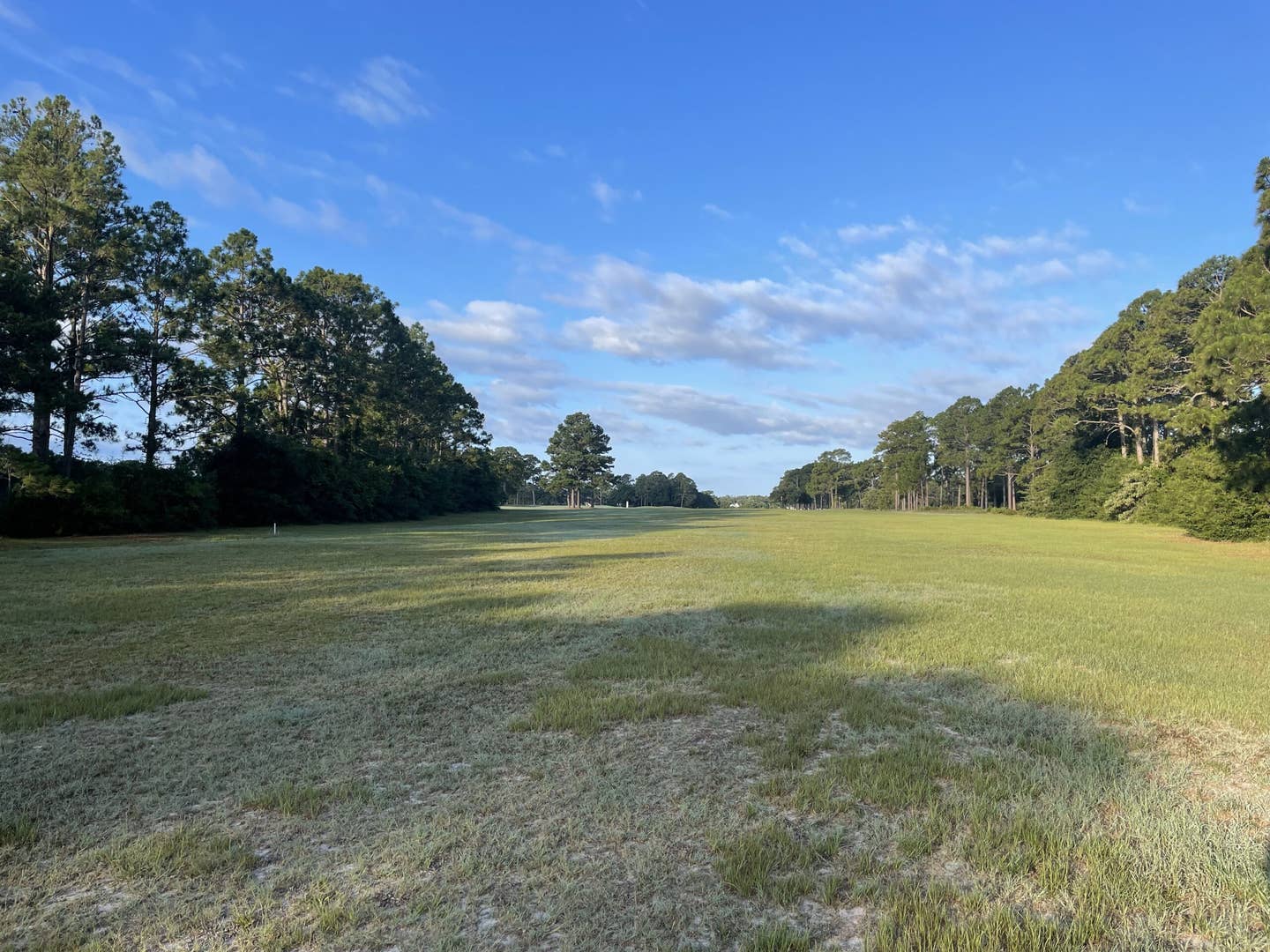
"No. Hell no." is the way one skeptic describes the reaction of most general aviation stakeholders to a proposed FAA redesign of New York airspace. As currently proposed (it changes subtly from meeting to meeting), the plan calls for extending Class B airspace out another five miles and lowering the floor from 3,000 feet to 2,500 feet. There would also be several arrival Class B corridors to the three major metropolitan airports (Newark Liberty, La Guardia and JFK) that would have even lower floors of 2,000 feet. The new dimensions would squeeze airspace at several smaller airports. For example, the arrival corridor for Newark's Runway 11 would include a 2,000-foot floor just off the departure end of Morristown Airport's Runway 23, which is the preferred departure runway for the busy business aviation facility. Similarly, the larger dimensions and lower floors on the Class B airspace on Long Island would compress busy helicopter and charter routes to and from the popular Hamptons and island vacation spots. Operators on those routes have entered voluntary agreements with local communities to fly at 2,500 feet or more for noise abatement-but the new airspace would make that impossible. The FAA is telling members of the working group that the new configuration is necessary to improve airline access to the area's major airports in order to reduce delays. Also, the new plan calls for adding a block of Class B airspace on the northwest corner of the current map, because airliners typically extend their 'downwind' arrival pattern outside the current Class B, and controllers are technically required to verbally call out when traffic is leaving and reentering the Class B. This requirement has been largely ignored to avoid congesting radio air time, and adding the airspace (which would have a floor of 5,000 feet) would make the current practice legal. "Wouldn't it be easier to just change the rule, instead?" asked one member of the working group. The proposed changes would require a public comment period following the conclusion of the working group sessions. Citizens' and environmental groups from Connecticut, Long Island and New Jersey are already voicing loud and angry opposition to lower airliners and even lower light aircraft buzzing their homes. FAA officials have told the group it plans to accommodate more light aircraft traffic within the Class B airspace, but so far, GA stakeholders remain unconvinced by the promises. Similar airspace expansion is also under consideration for the Philadelphia Class B, and local GA stakeholders wonder if the FAA might be eying more airspace in other areas, too.

Sign-up for newsletters & special offers!
Get the latest FLYING stories & special offers delivered directly to your inbox






